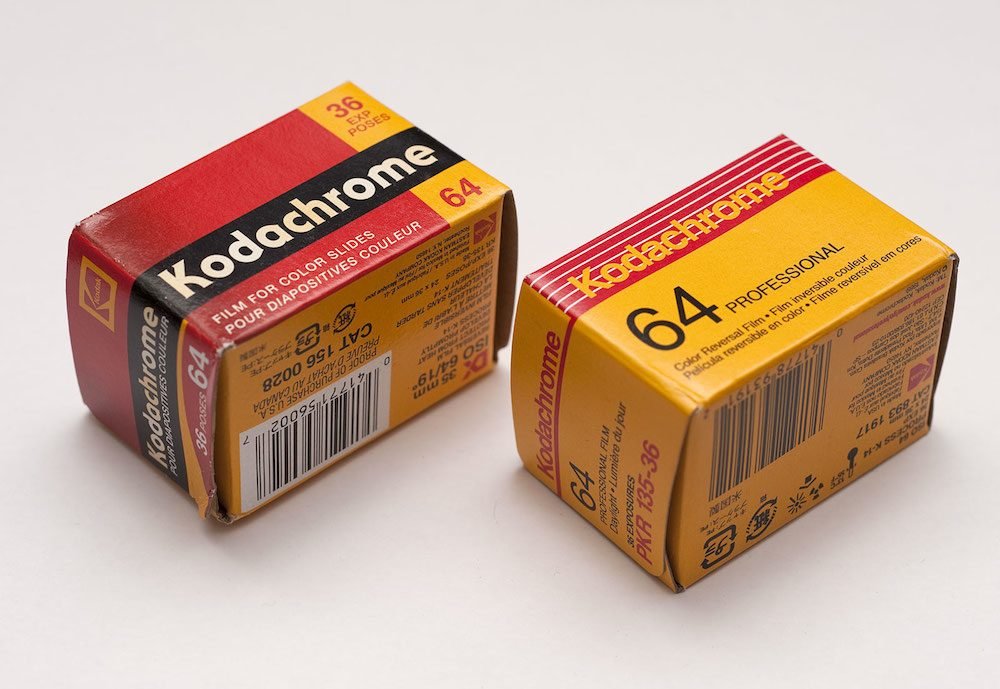The Captivating History of Kodachrome Slide Photography Film
In the realm of photography, few names carry the weight of Kodachrome. For over seven decades, this iconic color reversal film reigned supreme, captivating the world with its vibrant hues and unmatched image quality. Let's embark on a journey through time to explore the fascinating history of Kodachrome slide photography film.
A Technicolor Revolution (1935-1950s)
In 1935, Eastman Kodak Company unveiled Kodachrome to the world, marking a groundbreaking milestone in the history of photography. Unlike its predecessors, Kodachrome was the first successful color film that produced vibrant and enduring colors. This innovative film captured the hearts of both professional photographers and amateur enthusiasts alike.
Throughout the 1940s and 1950s, Kodachrome became synonymous with the golden age of travel and exploration. It was the film of choice for documenting family vacations, exotic landscapes, and momentous occasions. Kodachrome's unmatched color accuracy and archival longevity made it a cherished medium for preserving memories.
Iconic Moments and Legendary Photographers (1960s-1990s)
The 1960s and 70s brought Kodachrome to new heights of fame. Renowned photographers, such as Steve McCurry, used Kodachrome to capture unforgettable moments that would define an era. McCurry's iconic "Afghan Girl" photograph, which graced the cover of National Geographic in 1985, was shot on none other than Kodachrome.
In the realm of pop culture, Kodachrome also found a special place. The legendary singer-songwriter Paul Simon paid homage to the film in his 1973 song "Kodachrome," which celebrated the medium's ability to "give us those nice bright colors."
Challenges and Transitions (2000s)
As the new millennium dawned, digital photography began its ascent, transforming the way we capture and share images. Despite this technological shift, Kodachrome admirers remained loyal, savoring its unique qualities and historical significance.
However, maintaining the production of Kodachrome became increasingly challenging. With declining demand and rising costs, Eastman Kodak Company made the heart-wrenching decision to cease production in 2010. This marked the end of an era for one of the most celebrated films in photographic history.
A Legacy Lives On
Though Kodachrome may no longer be in production, its legacy lives on. Many Kodachrome slides still exist, preserving moments frozen in time, each frame a window into the past. Collectors, photographers, and history enthusiasts cherish these slides as valuable artifacts of bygone eras.
Moreover, Kodachrome's influence can still be felt in modern photography. The film's unique color rendition and timeless appeal continue to inspire photographers and editors to create digital filters and presets that emulate the Kodachrome look.
Conclusion
Kodachrome slide photography film holds a special place in the hearts of photography enthusiasts worldwide. From its Technicolor revolution in the 1930s to its legendary status in the 1990s, Kodachrome captured moments with unparalleled richness and precision.
Though production may have ceased, Kodachrome's significance in the history of photography endures. Its colorful legacy remains a testament to the power of preserving memories through the lens of a camera.
As we navigate the ever-evolving landscape of photography, let us not forget the captivating allure of Kodachrome, forever imprinted in the annals of photographic history.
Preserving memories, one frame at a time.
And if you were curious as to what happened with the very last roll of Kodachrome film ever to be made…







